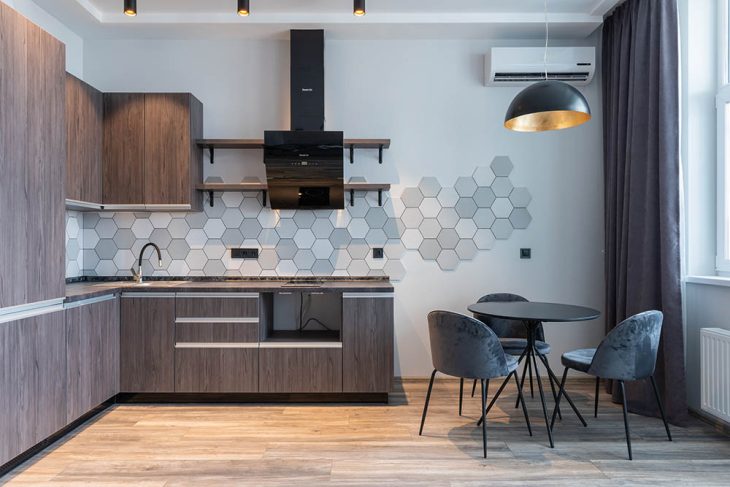
The most significant concern as the temperatures drop is how to keep your home warm. Because you’ll spend most of your time indoors as the weather outside gets colder, you don’t want the house to be an icebox.
As you will realize, dropping temperature is not just uncomfortable but can damage your plumbing if the water inside pipes freezes and expands. The following are practical ways to keep your home warm during winter.
Have a Capable Furnace
The furnace is the primary source of heat in most households during winter. Have it serviced by a professional before the cold season to ensure it’s in good working condition. Also, ensure that all the ducts and vents are free of debris and dust.
If unsure of whether it will meet your heating demands this season, check out Morris Jenkins. They will inspect the unit, recommend an upgrade or repair, and offer a competitive quote. They’ll also carry out a professional installation that assures you of consistent warmth all winter.
Add Extra Layers of Insulation
Increase the R-value of your home by adding insulation to the attic, walls, and floors. The higher the R-value, the better protected your home is against cold air. Most homes have an R-value of about R-30, but you can increase this by adding an extra layer of insulation. It’s a worthwhile investment as it will pay for itself in energy savings and keep your home warm all winter.
Let the Sun In
Make the most of the sun’s warmth by opening curtains and blinds during the day. The effort allows the sun’s rays to enter your home, warming it up. Remember to close them at night to keep the heat in.
However, when the days are too cold, draw the curtains to keep the heat in and prevent cold drafts. Invest in blackout curtains if you want to take this further and create a ‘cave-like’ cozy and warm environment. Insulated curtains are also available and keep your home warm.

Use Space Heaters Sparingly
Space heaters are a great way to supplement your home’s heating but use them sparingly. They can be a fire hazard if not used correctly. Place them on a level surface and keep them away from flammable materials such as curtains, bedding, and clothing. Supervise when in use and turn them off when you leave the room.
Seal Off Drafts
Drafts can let cold air into your home, making it harder to keep warm. Seal off any drafts around doors and windows with caulk or weather-stripping. You can also use a draft snake or an old towel to block the gap at the bottom of a door.
For windows, use heavy-duty plastic film or double-sided tape to create an airtight seal. If they’re too old, replace them with double or triple-glazed windows. These have a layer of gas between the panes that insulates against heat loss.
Use Your Fireplace Wisely
If you have a fireplace, use it wisely to heat your home. Keep the damper closed when not in use to prevent warm air from escaping up the chimney. When lighting a fire, use dry, seasoned wood to produce more heat and less smoke. You can also invest in a glass or metal fireplace screen to reflect heat into the room.
Note that cooking and baking produce heat, so take advantage of this by doing more of it during winter. You will have a warm meal, and your home will also benefit from the extra heat.
Prepare Your Home Early Enough
There’s nothing better than coming in from the cold to a toasty and comfortable house. Preparing your home early enough assures you of consistent warmth all winter. Have the contact details of an emergency furnace repair company just in case your heating system breaks down. This way, you’ll have it fixed as soon as possible and avoid being left out in the cold.



